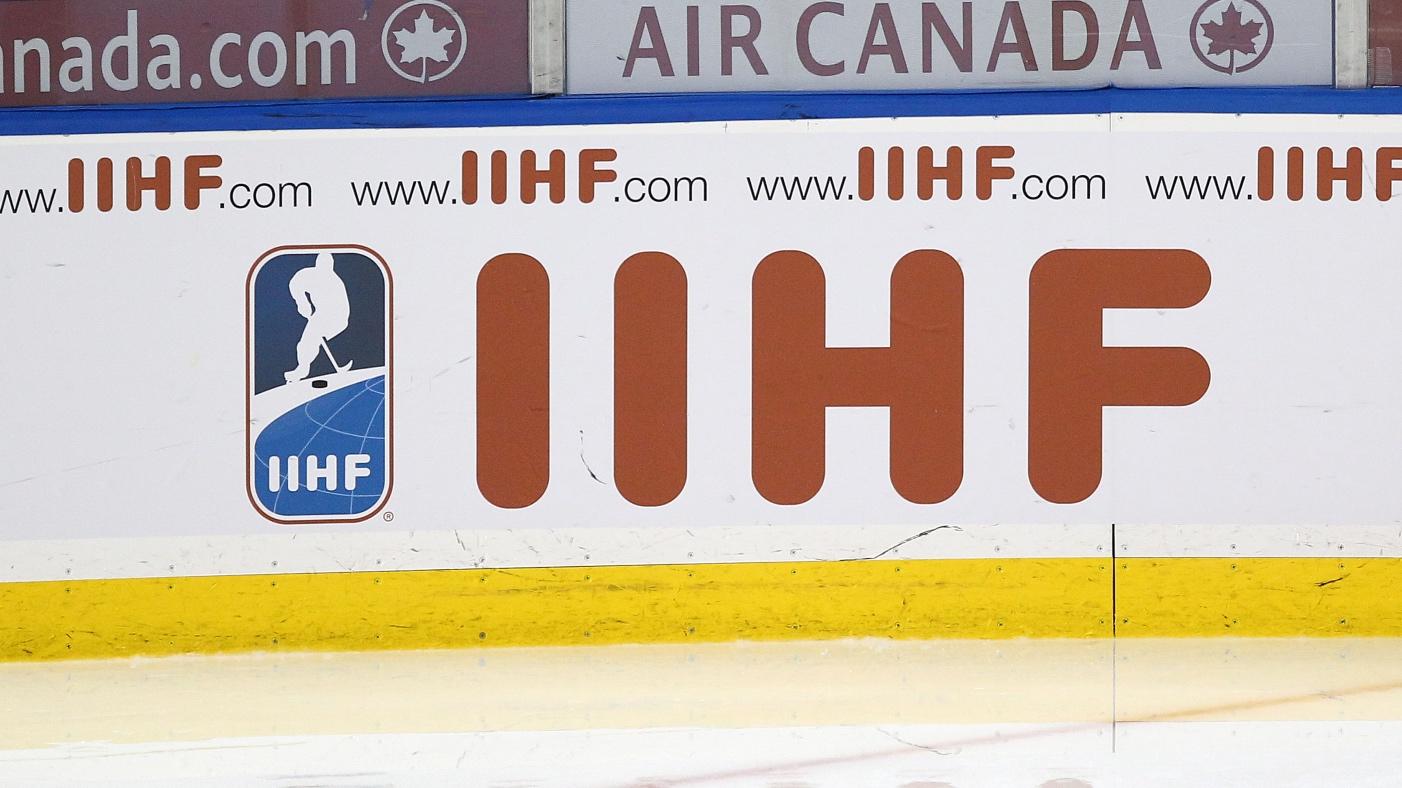
Title: New Rule Mandates Neck Protection in Ice Hockey: Ensuring Safety at All Levels, Including the Olympics
Introduction:
In a significant move towards enhancing player safety, the International Ice Hockey Federation (IIHF) has recently implemented a new rule requiring mandatory neck protection for all levels of ice hockey, including the prestigious Olympic Games. This decision comes as a response to the growing concern over the potential risks associated with neck injuries in the sport. By making neck protection a requirement, the IIHF aims to minimize the occurrence and severity of such injuries, ensuring the well-being of players worldwide.
The Importance of Neck Protection:
Ice hockey is an exhilarating and physically demanding sport that involves high-speed skating, intense body contact, and the use of hard sticks and pucks. Consequently, players are exposed to various risks, including potential injuries to the neck area. Neck injuries can range from mild strains to more severe conditions such as whiplash, concussions, or even spinal cord damage. The implementation of mandatory neck protection aims to reduce the likelihood of such injuries and their potential long-term consequences.
The New Rule:
Under the new IIHF rule, all players, regardless of age or skill level, are required to wear certified neck protection during games and practices. The rule applies to both male and female players and encompasses all levels of play, from grassroots youth leagues to professional leagues and international competitions such as the Olympics. The neck protection must meet specific safety standards set by the IIHF to ensure optimal protection against potential neck injuries.
Types of Neck Protection:
The IIHF has approved various types of neck protection that meet their safety standards. These include neck guards, collars, and bibs made from materials such as Kevlar or other high-impact resistant materials. These protective gears are designed to cover vulnerable areas of the neck, providing a barrier against direct impacts from sticks, pucks, or accidental collisions with other players.
Benefits of Mandatory Neck Protection:
The implementation of mandatory neck protection brings several benefits to the sport of ice hockey. Firstly, it significantly reduces the risk of neck injuries, which can have severe consequences for players’ health and careers. By prioritizing safety, the IIHF ensures that players can compete with greater peace of mind, focusing on their performance rather than potential injuries.
Moreover, the new rule promotes consistency and uniformity across all levels of play. By making neck protection mandatory at every level, from amateur leagues to the Olympics, the IIHF sends a clear message that player safety is paramount, regardless of the stage or importance of the game. This approach not only protects players but also sets a positive example for young athletes, encouraging them to prioritize their safety from the early stages of their hockey journey.
Conclusion:
The implementation of mandatory neck protection by the International Ice Hockey Federation is a significant step towards ensuring player safety in the sport. By requiring all players to wear certified neck protection at every level, including the Olympics, the IIHF aims to minimize the occurrence and severity of neck injuries. This rule not only protects players from potential harm but also promotes a culture of safety and consistency throughout the ice hockey community. With this new regulation in place, players can focus on their performance, knowing that their well-being is prioritized by the governing body of the sport.

